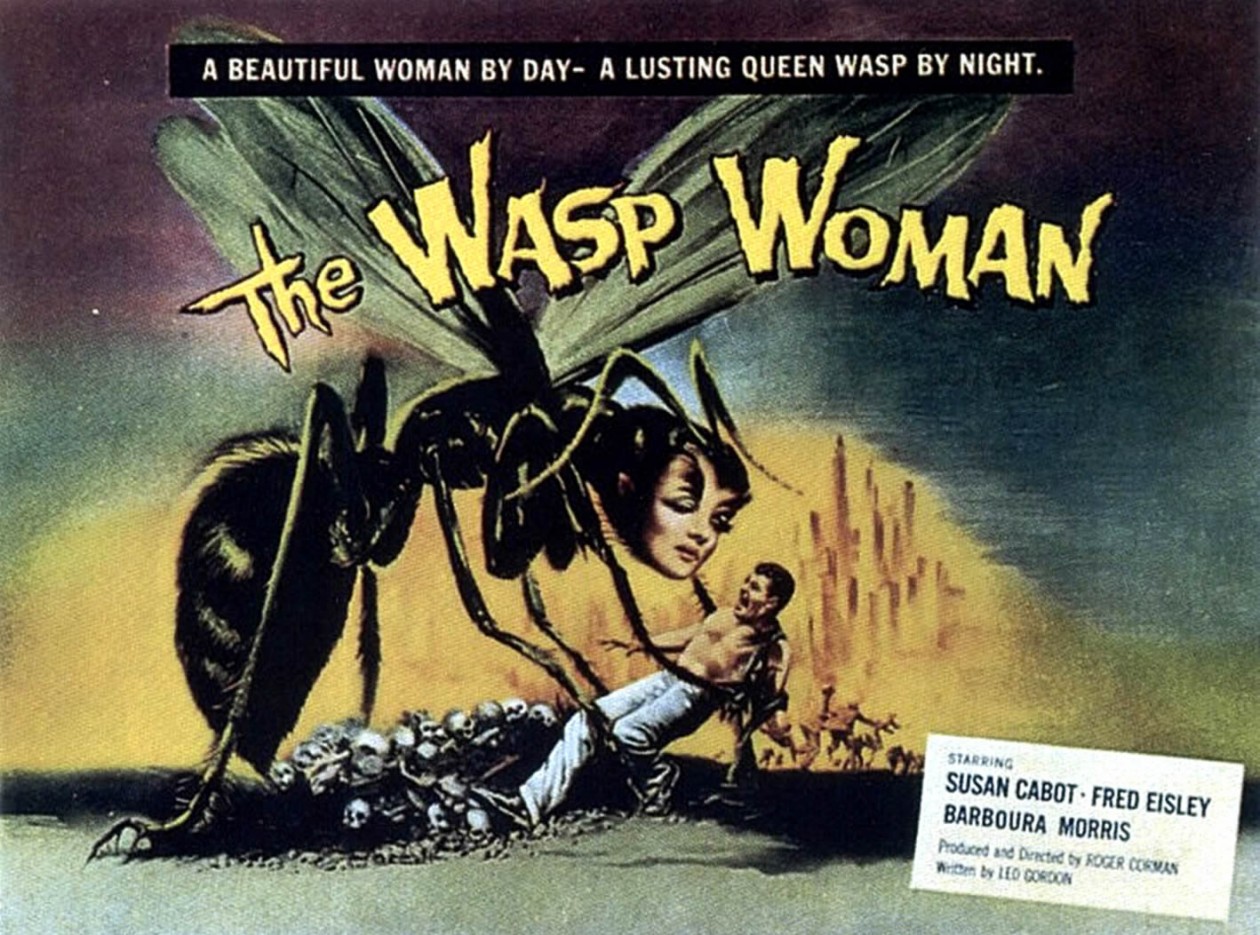Janet Wolff
Can there even be feminine writing?
…Questioning, due to the patriarchal culture and the marginalization of women’s experience, if it is even possible for women to articulate their suppression by using new aesthetic strategies
The idea of “Womens sentence”:
-Literary forms can be changed to accomadte and express womens experience
-This has been establishished in some areas of feminist criticism
As an example of this development of rediscovered work, she talks about Julia Kristeva, and her analysis called, the revolution in poetic language”:
Her analysis talks about certain texts from the late 19th century that potentially subvert the patriarchal order by writing from the semiotic chora ( which is the earliest stage in your psychosexual development (0-6 months) where you are dominated by a chaotic mix of perceptions, feelings, and needs. Kristeva tries to examine the origins of a type of writing that gets away from the boundaries of the predominating male-controlled culture
-She then talks about feminine writing and how it has been extended to the visual arts.. “the idea that women can write, paint and produce culture”
In order to know what exactly women’s art is, We need to know about ideas of womens knowledge
-She then discusses the recent work on (women and science) and women and philosophy to full understand the idea of womens knowledge
-she talks about how a male dominated culture caused it to be fifteen or more years of feminist work in literary and art criticism for womens voice to be raised in culture because of these three ways:
1) the institutions and ideologies of production and reception
-Why the history of art is mostly a history of mens work
2) representation
-The way women have been depicted in literature in painting by stereotypes, or how the “woman” is constructed in representation such as the impossibility of a feminist heroine, a subversive plot, or a female body without the connotations and meaning of a male dominated system of representation and viewing
3) formal and textual characteristics
-The immasculation of the reader and the need for women to take on the point of view of men
She paraphrases Elaine Showalter, a literary critic, who said that the primary mission for feminist criticism is the identification of the key characteristics of women’s writing, she called this gynocritics.
Showalter uses the concept of the “wild zone” which talks about the experiences of men and women overlap but the dominant culture describes them. The wild zone is all of the experiences that women had that are excluded from articulating or sharing this information
-The issue with the wild zone is that there is no way that women can talk about their oppression and women’s writing is the embodiment of social, cultural and literary heritage of the silenced women and the dominant men
-The assumption that women are excluded from culture
-culture and knowledge are male
Institutional Organization of knowledge
-Mirrors and produces the gender biases and inequalities
-Women have always been secondary or marginal to the public sphere, they are secondary in knowledge
She concludes by saying that development of disciplines, growth of professions and the separation of work and home, and linguistics (such as the tag questions of “isn’t it? Or didn’t they? Which shows an apprehension less common in males. Men are said to speak more and interrupt more often) had produced partial and male knowledge`
1)From the movies we watched in class, can you think of an example where you saw partial and male knowledge being produced linguistically?
2) If the wild zone was represented in a movie how do you think it would look?
3) Based on the three ideas of institutions of production and reception, representation , and formal and textual characteristics, what do you think Wolffs position would be on Orlando’s opinion of other women?
